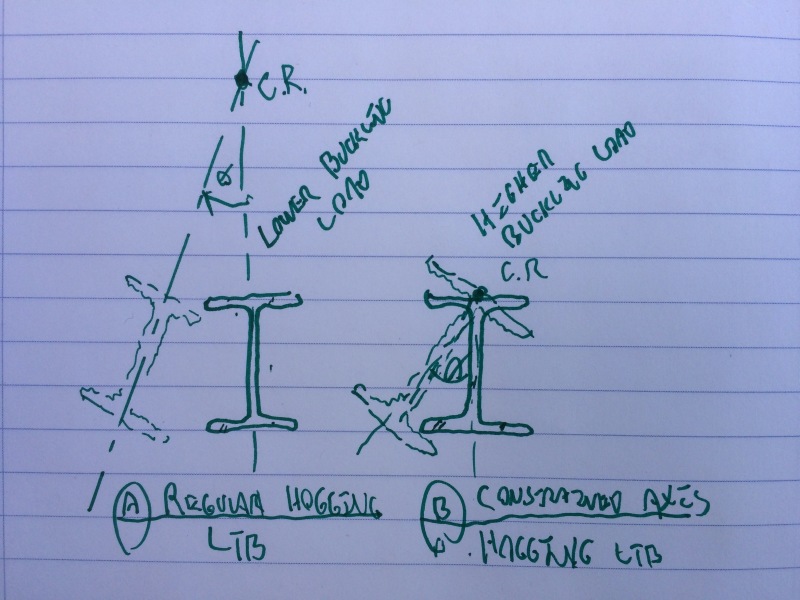sedesigner06
Structural
I am using staad pro to evaluate a moment frame system. I am using the steel code check and I am getting an overstressed ratio on my frame beams that I know is not correct. Since the beam is see a negative bending moment it is taking the beams capacity as fully unbraced.
Is there a way in staad to have the program consider the bending inflection point to be braced? Or should I just look at the bending diagram and manually but in the UNB value.
Thanks in advance for any help.
Is there a way in staad to have the program consider the bending inflection point to be braced? Or should I just look at the bending diagram and manually but in the UNB value.
Thanks in advance for any help.

